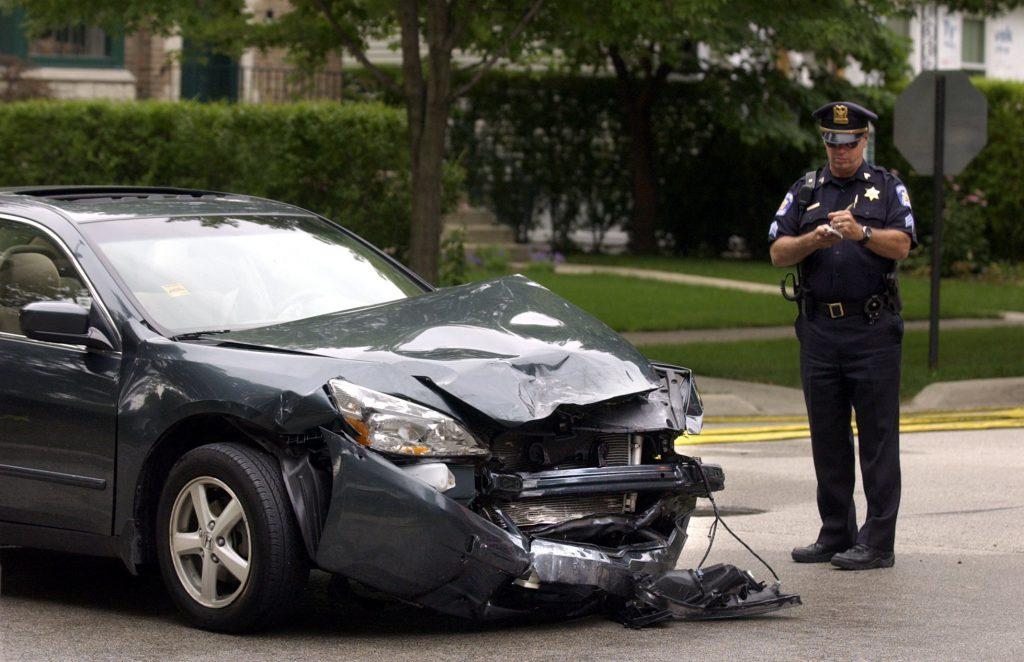Car Accidents and Personal Injury Claims- A Comprehensive Guide
Car accidents are distressing and can result in severe injuries and emotional trauma. If you’ve been involved in a car accident due to someone else’s negligence, it’s crucial to understand the process of filing a personal injury claim. In this comprehensive guide, we’ll take you through the essential steps and considerations involved in car accidents and personal injury claims.
Seek Medical Attention
The first and most critical step after a car accident is to seek immediate medical attention. Even if you believe your injuries are minor, you should consult a healthcare professional. Many injuries, including internal injuries, may not manifest symptoms immediately but can be life-threatening if left untreated.
Ensure Safety and Document the Scene
If it’s safe to do so, ensure the safety of all individuals involved in the accident. This includes moving your vehicle out of the flow of traffic, if possible. Document the scene by taking photographs and videos of the accident, including the position of the vehicles, road conditions, and any visible injuries. Gathering this evidence can be crucial in supporting your claim.

Contact Law Enforcement
In most car accidents, it’s advisable to contact the local law enforcement agency to report the incident. They will create an accident report that documents the details of the accident, the parties involved, and any potential witnesses. This report can serve as a valuable piece of evidence in your personal injury claim.
Exchange Information
Exchange contact and insurance information with the other parties involved in the accident. Be sure to obtain their names, phone numbers, addresses, insurance companies, and policy numbers. Also, collect contact information from any witnesses present.
Preserve Evidence
Preserving evidence is essential to supporting your claim. This includes saving any damaged vehicle parts, preserving your clothing and personal items, and keeping copies of all relevant documents, such as the accident report and medical records.
Report the Accident to Your Insurance Company
Notify your insurance company of the accident as soon as possible. They will guide you through the process of filing a claim with the at-fault party’s insurance or your own policy, depending on your coverage and the circumstances of the accident.
Consult with a Personal Injury Attorney
If you’ve suffered significant injuries, emotional distress, or property damage, it’s advisable to consult with a personal injury attorney. These legal professionals specialize in personal injury claims and can provide valuable guidance and representation. Many offer free initial consultations to assess the merits of your case.
Medical Treatment and Documenting Injuries
Follow your healthcare provider’s treatment plan, attend all medical appointments, and ensure that all injuries are adequately documented. This includes medical records, bills, and photographs of injuries. Documentation is crucial for calculating your damages.

Proving Liability
Proving liability is a fundamental element of a personal injury claim. To establish liability, you must demonstrate that the other party was negligent and that their negligence directly caused the accident and your injuries. This often involves gathering evidence and witness statements.
Negotiation and Settlement
Your personal injury attorney will negotiate with the at-fault party’s insurance company to reach a settlement. This may involve back-and-forth negotiations to secure fair compensation for your damages. Your attorney will advise you on whether to accept a settlement or proceed to litigation.
Litigation, if Necessary
If negotiations fail to yield a fair settlement, your attorney may recommend filing a lawsuit. Litigation involves presenting your case in court, and a judge or jury will determine the outcome. This is a last resort and often a lengthier process.
Statute of Limitations
Be aware of the statute of limitations in your state, which dictates the time limit for filing a personal injury lawsuit. Failing to file within this time frame can result in the loss of your right to seek compensation.
Conclusion
Car accidents can lead to significant physical, emotional, and financial hardships. Understanding the steps and considerations involved in personal injury claims is essential to seeking the compensation you need to recover from the accident’s impact. Whether it’s obtaining medical treatment, preserving evidence, consulting with an attorney, or pursuing a lawsuit, following these steps can help you navigate the complexities of car accidents and personal injury claims successfully.
